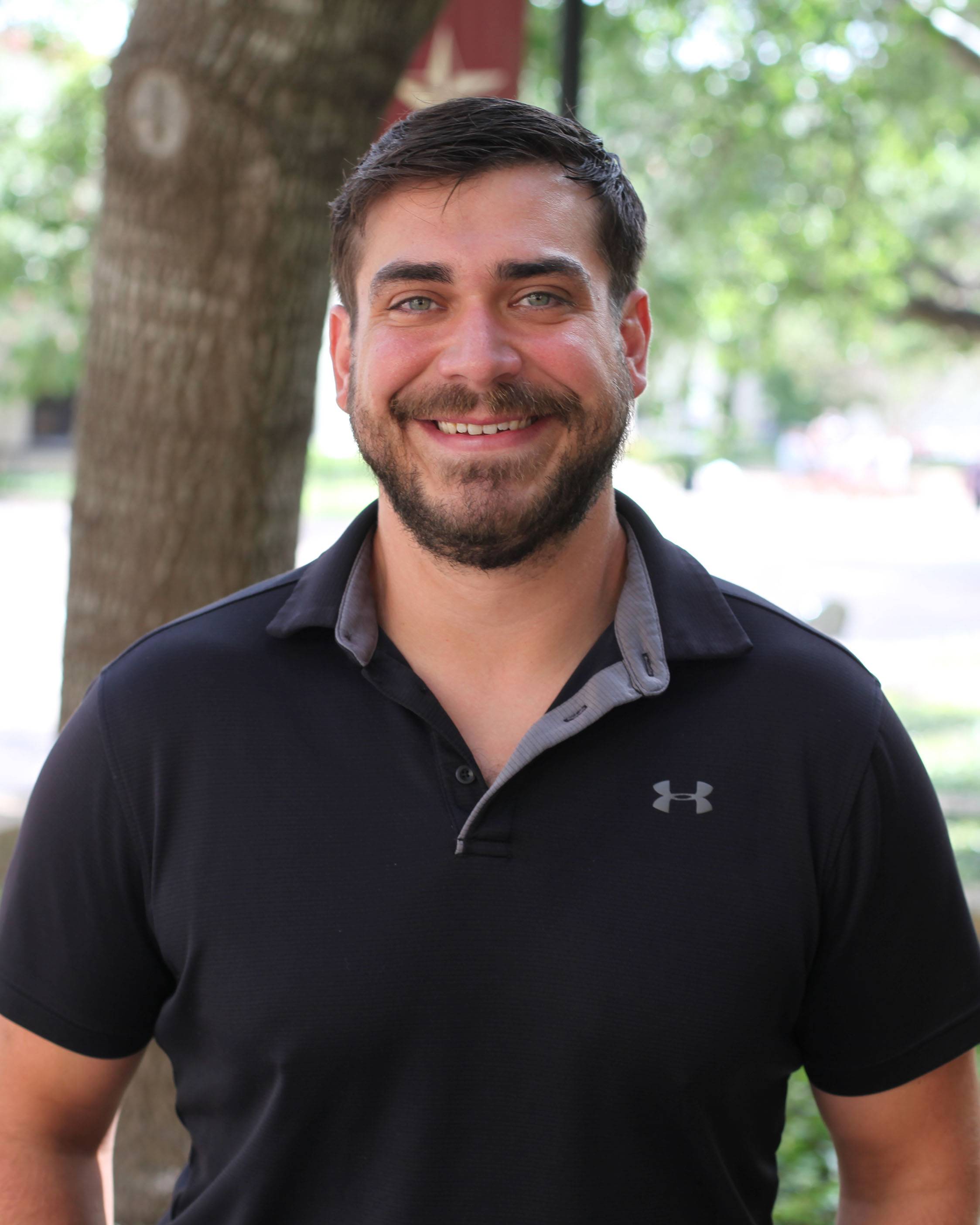Through their work at Texas State University’s Gilbert M. Grosvenor Center for Geographic Education, Richard Boehm, Ph.D., and Joann Zadrozny, Ph.D., are pioneering the way for “new thinking for the next generation of geography education in K-12 schools” through an initiative called Powerful Geography.
The initiative, commonly referred to as “a liberating curriculum,” improves the established national geography top-down curriculum and flips it to a bottom-up approach.
What makes it so different from the traditional, top-down approach is that it considers a classroom’s diversity, the need for inclusivity, and social background. It also accounts for the student’s lifetime aspirations which encourages geography lessons to be issue-based and relevant in an age of rapid change.




